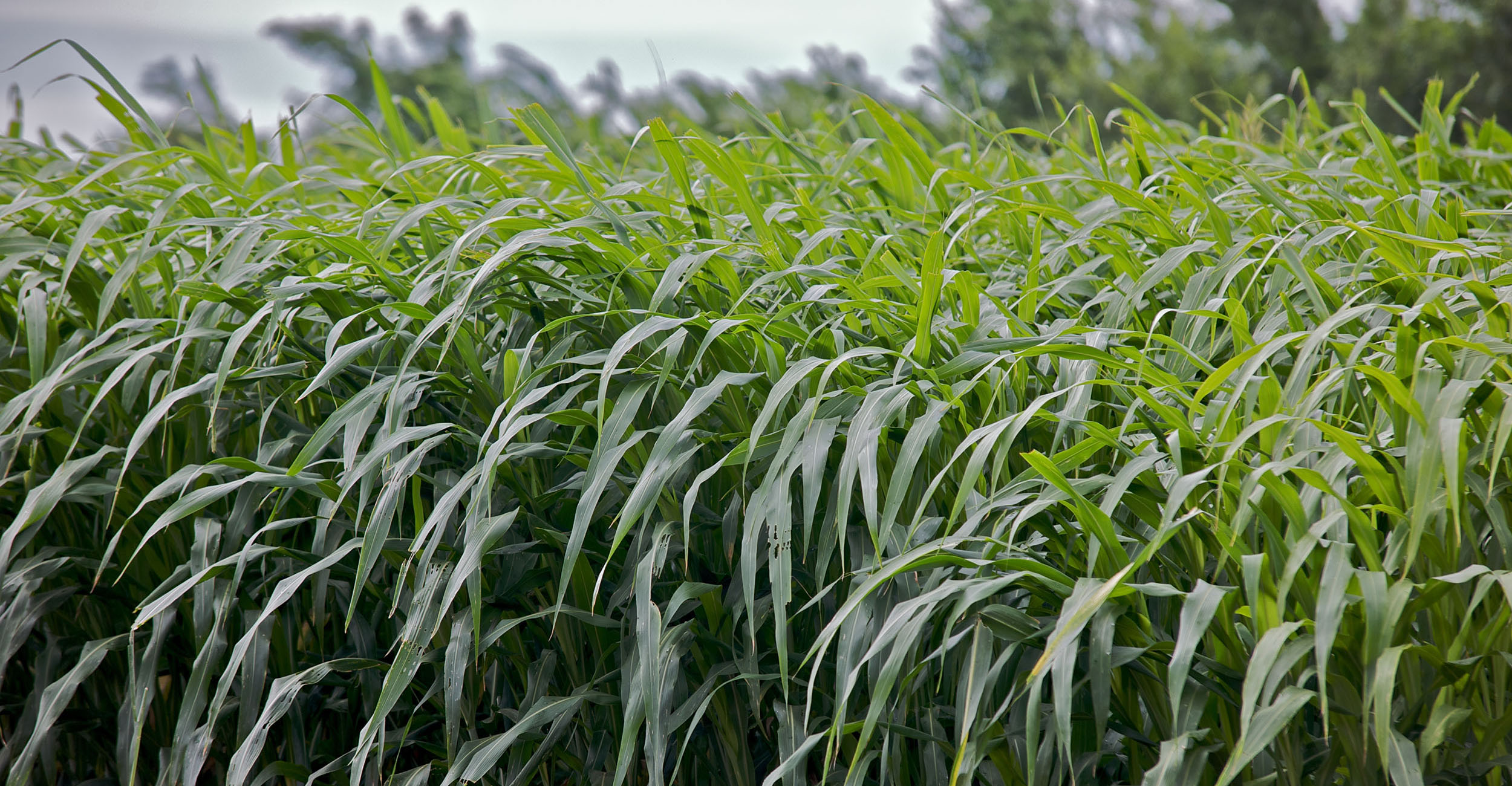
Livestock producers should examine drought assistance programs
Thursday, October 7, 2021
Media Contact: Donald Stotts | Agricultural Communications Services | 405-744-4079 | donald.stotts@okstate.edu
Drought conditions have hit some Oklahoma livestock producers hard, but help may be available through U.S. Department of Agriculture assistance programs for operations that depend heavily on forage and grazing.
“USDA’s Livestock Forage Program is one with which most Oklahoma producers should be familiar,” said Amy Hagerman, Oklahoma State University Extension agricultural and food policy specialist. “Eligible livestock are grazing animals that get most of their net nutritional energy requirement from grazing of forage grasses or legumes. Drought statistics dictate eligibility requirements and payment levels.”
In addition to beef and dairy cattle, LFP eligible species include alpacas, buffalo, bison, beefalo, deer, elk, emus, goats, horses, llamas, reindeer and sheep. Hagerman recently shared additional insights about drought assistance programs on the agricultural television show SUNUP.
As of Oct. 5, Oklahoma counties with warm season pastures that qualify for LFP assistance are: Beaver, Caddo, Canadian, Cimarron, Creek, Grady, Harper, Hughes, Kiowa, Noble, Okfuskee, Okmulgee, Osage, Pawnee, Tulsa, Washita and Woods.
Oklahoma counties with cool season pastures that qualify for LFP assistance are: Beaver, Beckham, Carter, Cimarron, Custer, Greer, Harmon, Jackson, Jefferson, Love, Roger Mills, Texas and Washita.
Some counties are only eligible for certain pasture types such as forage sorghum or annual crabgrass.
Producers who feel their specific operations are suffering under qualifying drought conditions are encouraged to contact their local Oklahoma Farm Service Agency office if FSA personnel haven’t already contacted them, said Rusty Humphrey, Kay County FSA executive director.
“For example, Kay County is looking rough but our specific drought conditions haven’t triggered eligibility yet, and they may not,” he said. “If a producer has doubts about eligibility, just call.”
Drought conditions continue to evolve, so more counties may become eligible.
“Most of southeastern and southwestern Oklahoma received abundant rainfall this summer,” said Wes Lee, OSU Extension agricultural specialist with the Oklahoma Mesonet. “Northwestern and east-central portions of the state received the least amount of rainfall. Hopefully, this fall will bring needed moisture.”
Some livestock producers may be able to take advantage of an expansion of the USDA Emergency Assistance for Livestock, Honeybees and Farm-Raised Fish Program. There is a new feature in which the Agricultural Department will pay transportation costs for getting hay to livestock dependent on grazing, Hagerman said.
“Also, there has been some discussion coming out of Washington, D.C., about the Wildfire and Hurricane Indemnity Program Plus or WHIP Plus, as it’s commonly called,” she said. “The Plus includes drought provisions.”
There was a WHIP expansion in 2019 and 2020 to include drought payments. There is some potential for that to be reauthorized for this year’s drought conditions, as well as for the effects of the polar vortex that caused extremely cold and harsh weather conditions back in February.
“USDA hasn’t made any announcements about WHIP Plus as yet, but it’s something to keep on the radar,” Hagerman said.
The USDA provides online resources to help farmers and ranchers stay abreast of its latest agricultural assistance information.
